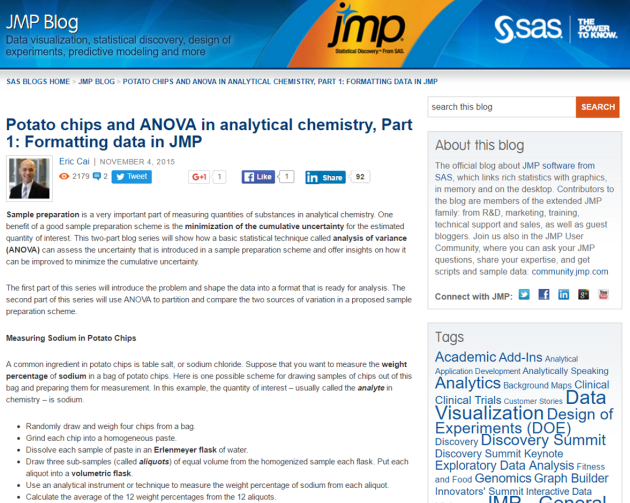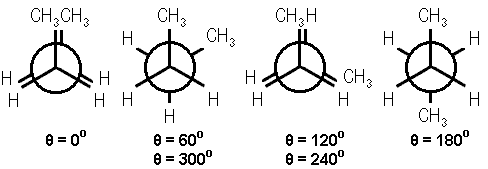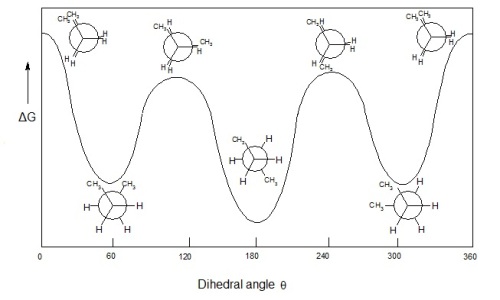My Silver Medal from the Canadian Society for Chemistry – Reflections After 10 Years
June 28, 2018 Leave a comment
In June, 2008, I received an email from Dr. Ken MacFarlane, then the Undergraduate Advisor in the Department of Chemistry at Simon Fraser University (SFU). He wrote to inform me that I had won the Canadian Society for Chemistry‘s Silver Medal, given to the top undergraduate student in chemistry entering their final year of study at each Canadian university.

I won the Canadian Society for Chemistry’s Silver Medal for being the top fourth-year student in the Department of Chemistry at Simon Fraser University in 2008.
Later in November of that year, I received this medal at a dinner banquet, which honoured all of the award winners from the universities and colleges in the Vancouver Section of the Chemical Institute of Canada (CIC). (Awards were given to the top students in their second year, third year, and fourth year of study.) Here is a photo of me receiving my medal from Dr. Daniel Leznoff; he was then the Chair of the Vancouver Section of the CIC and a professor specializing in inorganic chemistry at SFU.

I received the Canadian Society for Chemistry’s Silver Medal from Dr. Daniel Leznoff at a dinner banquet in November, 2008.
The CIC published a magazine called Canadian Chemical News, and it covered the above award banquet in January, 2009. You can find a photo of the award winners from that night on Page 29.
Dr. Cameron Forde succeeded Dr. MacFarlane as our Undergraduate Advisor in 2009. In an email to me in October, 2009, Dr. Forde wrote that 100-120 students were eligible for the CSC’s Silver Medal in our department in 2008.
This is one of the greatest achievements of my life. I am even more excited about it today than I was at that banquet, because I now have 10 years of perspective about how this medal has benefited my career. In this retrospective article, I write to share my reflections about the impact that this medal has had on my professional trajectory – which has been unusual, to say the least.




Recent Comments